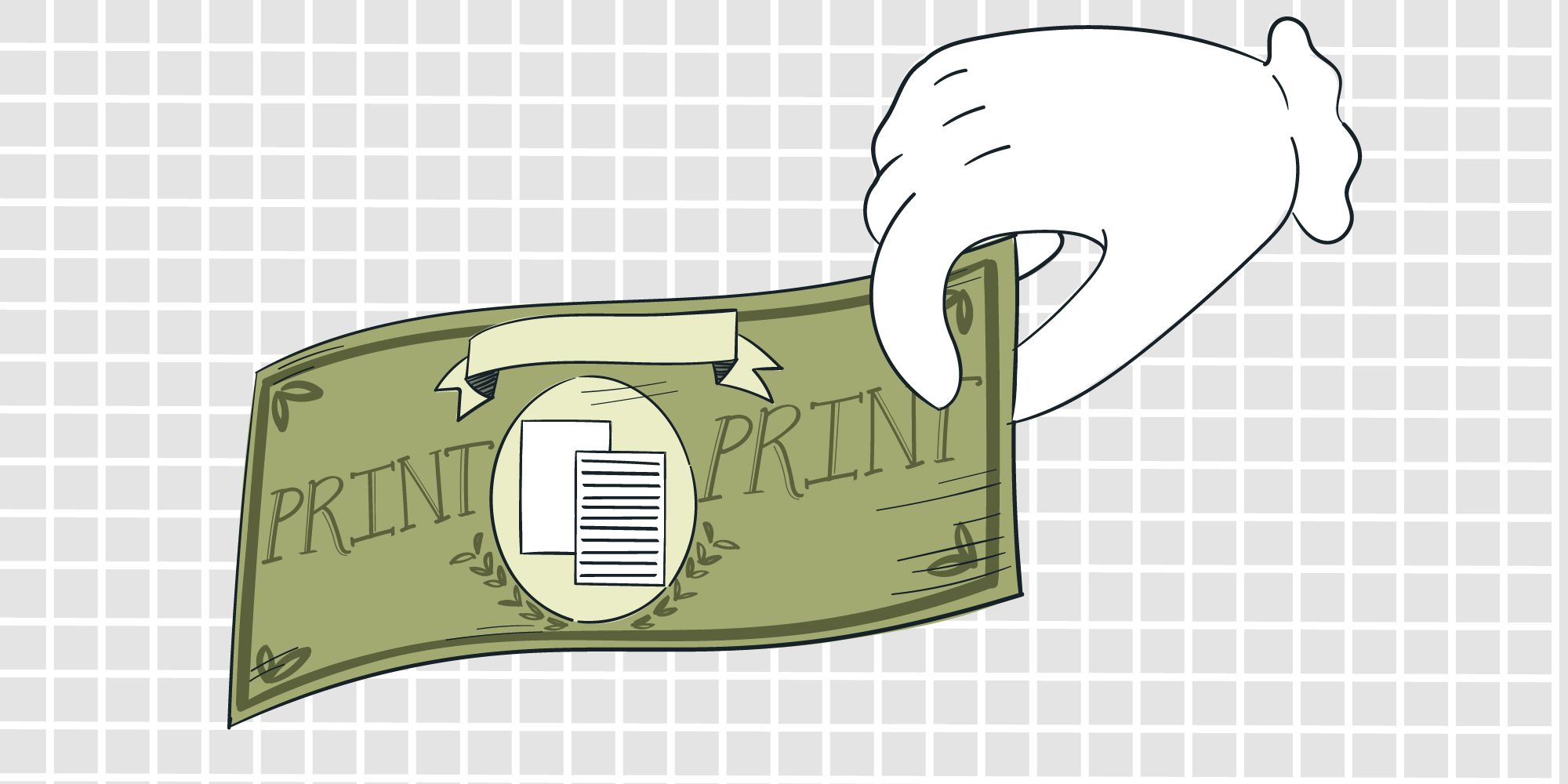Your print credits actually represent free paper, not money. If you feel the pressure to use them up in fear of losing out on whatever money you have left, don’t worry.
Even though there is a “$” sign next to the amount, Anand Padmanabhan, The New School’s chief information officer, said print credits have no monetary value. The $150 amount all students receive each semester represents the number of free sheets of paper to print that the school provides to students. Actual money comes into the equation once students use up their given print credit and have to purchase more credits.
“To provide this flexibility and to make it easy for students, we represent the free sheets as [money] values,” Padmanabhan said. “The print point allocation is intended to help curb waste and support the sustainability efforts of the university while allowing students to print out course assignments.”
Printing a standard black-and-white sheet of paper costs $0.10, and printing a color 11”x17” sheet of paper costs $1.00. The $150 value of print credits given to students each semester is equivalent to 1,500 black-and-white 8.5” X 11” sheets of paper that each student can print for free using their given print credits.
So every August when the print credits reset, students who have leftover print credit do not lose out on money — they lose out on free paper. This is unlike the meal plan, for which unused credits at the end of the academic year, which students actually pre-pay, go back into funding all of the activities and services required to provide dining, including ordering, preparing and serving food, according to media relations manager Scott Gargan.
For students, the “$” symbol means money, and seeing their prints credits wasted at the end of the year worries some who fear they are losing out on or wasting money.
“I wish I could transfer the money to another account like the dining dollars,” Lang Culture and Media sophomore Jamila Morrison said. “I feel like they are contradicting themselves because there is that money sign there, so there’s obviously some monetary value to that print credit, and I wish they would allow students to transfer that credit to another account or to people who need it more.”
Most of Morrison’s work is turned in digitally; she and many other students can end up with a leftover amount of print credits close to the $300 amount they get over the entire academic year.
The New School’s communications office did not respond to several requests for comment regarding how long the school has been representing the credits as money and why $150 is the settled amount for print credits for all students.
Though some think the $150 is too much and have leftover credit, others feel the amount is not enough. Samirah Raheem, a senior at the School of Drama, said her four years at The New School have been spent carefully using her print credits.
“I feel like $100 more could have made my experience that much better,” Raheem said. “I don’t think I would have been as nervous [for] running out as I was starting senior year. I was so scared about printing essays or posters for my shows. Now I’m at my last couple dollars.”
Raheem is another example of how students aren’t distinguishing the difference between the credits and their own actual money. She also said she has turned to friends in the past to use their credits when hers have run out. When students run out, social media has been a way for students to ask or give away their remaining print credits.
“If I see on Facebook people asking for print credits, or [if] my friends need some, I’ll offer mine,” Morrison said. “I did that last year also and it worked, but I still ended up with little over $100 in credits.”
Orlando is the Photography and Web Production editor for The New School Free Press. He is a junior studying Journalism + Design.







